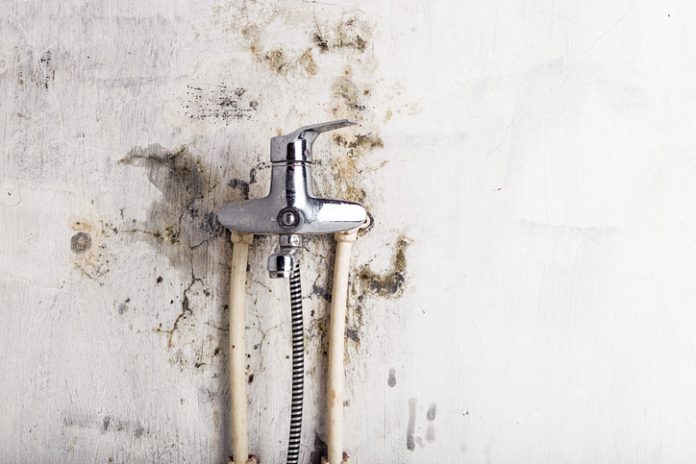Signs of mould in the home can be dreadful and unsightly and will induce bouts of worry and concern for the state of your home and personal health. When mould becomes visible, some may consider it a lack of cleanliness and overall neglect of a home, but mould can be unpreventable and become a fixture in even the cleanest of homes. There are many preventative measures to undertake that can reduce the chances of mould in the home and accessible ways to eradicate mould from your property when you notice it, like acquiring help from a hazardous materials consultant. Despite the ways to avoid mould and rid your home, the question still begs, what causes mould in a home?
Discover the causes of mould in the home, how you can prevent the mould from growing, and how to combat it once it’s found.
Common causes of mould
Mould tends to grow and flourish in a home under the right conditions. If the home, usually unknowingly, caters to these conditions, mould will begin to take hold and grow. The six elements that cause mould to grow are:
- Mould spores
- Moisture
- Food sources
- A proper oxygen supply
- A lack of sunlight
- A temperature that is neither too cold nor too warm
These necessary elements will prompt mould growth in different locations in the home. The most common causes of mould growth in a house include:
- Leaking pipes: Leaking pipes can become a main contributor to mould formation in kitchen or bathroom walls, behind cupboards and cabinets and behind drywall. When you notice mould growing in these areas, you should immediately check your pipes for leaks.
- Leaking roof: When a roof sustains damage from the weather, it can enable leaking to begin in the home, eventually leading to mould. A leaky roof will impact the attic or ceiling most, where moisture will begin to build, culminating in mould growth on the ceiling and walls.
- Persistent humidity: When you live in a climate where it is persistently hot and humid or endure summers with that type of weather, mould forming in your home is a high possibility. Mould caused by humidity is particularly among homes near water bodies and can be worsened by poor ventilation. If you often find mould in closets, under the kitchen sink, on the walls and ceilings, humidity might be the culprit.
- Poor ventilation: When the air is stagnant in your home, it becomes the perfect environment for mould to thrive. Without proper ventilation, the mould will grow within the home and make itself known. Ensure that the ventilation systems in your home are working properly to reduce the chances of succumbing to mould growth!
- Wet clothing: If you set aside a pile of damp clothing during the spring and summer months, hoping to hang them out to dry later, that pile can accumulate mould in only 24 hours. If you already have a mould problem, leaving out these wet clothes can contribute to even more mould growth to come.
- Condensation buildup: Many homes may experience a buildup of condensation during winter because of the increase and decrease in temperature. The surface areas most likely to build condensation are pipes, floor tiles, and brick walls. Properly ventilate these rooms if you notice condensation to avoid potential mould growth.
- Home flooding: Days or weeks after your home sustains flooding, you can, unfortunately, expect some mould growth around the parts of your home that endured the worst flooding. To avoid dangerous amounts of mould growing, contact a professional, such as a hazardous materials consultant, to inspect your home.
How to prevent mould
You can take a few measures to prevent mould from forming and growing in your home. Some of these preventive measures include:
- Ensure all the rooms in your home are adequately ventilated
- Clean up any water that spilled as soon as you can
- Insulate cold surfaces to reduce condensation
- Clean gutters and pipes often to avoid roof leaks
- Humidity should be kept below 60 if possible
- Get your home inspected after each season passes
How to combat mould
Once you find mould in your home, it can be highly alarming. But despite the shock that will quickly subside, you must be proactive about doing your part to do the mold removal. What you can do to combat the mould visible in your home is:
- Find the source of the mould as it could be a leaky pipe or roof, a ventilation system in disrepair, or condensation. Finding the source will indicate what services need to be contacted for repairs.
- Find out the extent of the mould and just how big the problem has amounted. If the mould in your home extends beyond an estimated 25 feet, the problem has exacerbated too much, and a contractor or consultant should be contacted immediately.
- If the area is still wet when you discover the mould, it’s essential to dry the area so the mould cannot continue to grow. Get fans out and open windows to try to dry it, and then clean the area with soapy water.
- Remove any materials around the area that have been contaminated with mould. Bag these items up and remove them from your home as soon as possible.















